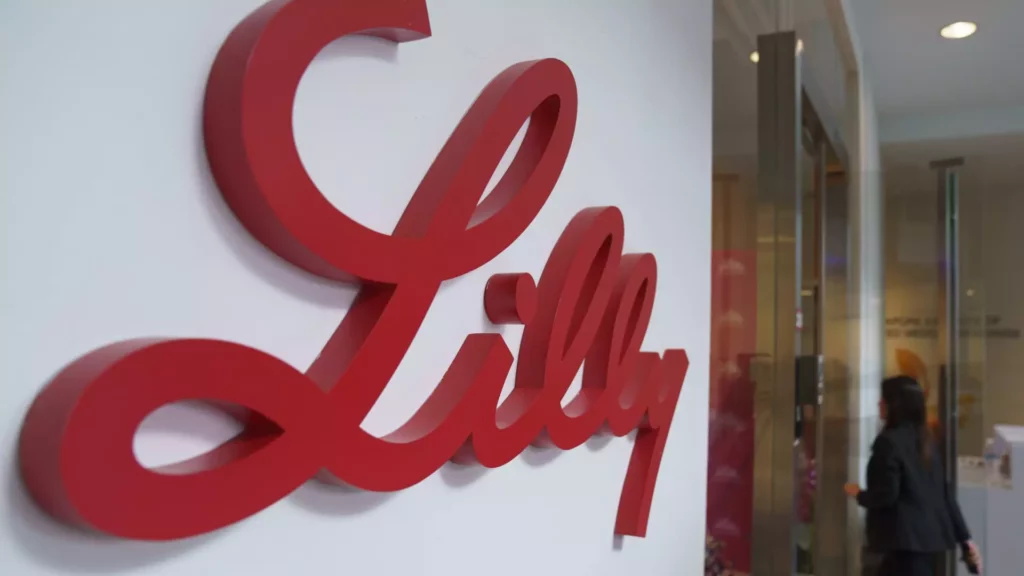On Tuesday, Eli Lilly announced a significant downward revision in its projected revenue, citing unmet demand expectations for its high-profile diabetes and weight loss medications. The company’s stock took a notable hit, plunging more than 7% during midday trading, reflecting investor sentiment amid this revised outlook. This drastic change in expectations underscores the volatility of the pharmaceutical market as well as the increasing competition that companies like Eli Lilly face.
Eli Lilly now anticipates its total revenue for the year 2024 to reach approximately $45 billion. This figure is a decrease from its earlier guidance of between $45.4 billion and $46 billion, which was provided just a few months prior. Nonetheless, it is crucial to note that this forecast still represents a 32% increase in revenue compared to the previous year, suggesting that while the company’s growth trajectory remains robust, it might not be as steep as previously predicted.
The company has been proactively addressing the burgeoning demand for its incretin drugs, particularly Mounjaro and Zepbound. With significant investments directed at scaling up manufacturing capabilities, Eli Lilly seems poised to meet current demands. The FDA has already lifted the shortage designation for tirzepatide, the active ingredient, implying that supply constraints may soon ease. CEO Dave Ricks remains optimistic, claiming that an influx of supply is imminent, and forecasts a 60% boost in sellable doses by mid-2024 compared to the same period in the prior year.
Market Competition and Strategic Developments
Eli Lilly’s aspirations for market share in the weight loss and diabetes drug sectors are hindered by fierce competition, notably from Novo Nordisk and emerging players. As the pharmacy landscape evolves, the need for innovation becomes paramount. In a bid to sustain competitiveness, Eli Lilly is exploring new therapies, including an easier-to-manufacture obesity pill that’s awaiting regulatory approval, potentially arriving as early as the forthcoming year.
For the fourth quarter of the current fiscal year, Eli Lilly anticipates revenues reaching around $13.5 billion. This prediction includes approximately $3.5 billion from Mounjaro and $1.9 billion from Zepbound, which falls short of analyst estimates that suggested figures closer to $13.94 billion for the same quarter. The trimmed guidance raises questions about inventory levels and market readiness, particularly since the incretin market had celebrated a remarkable 45% growth in comparison to the same quarter last year.
Investors and market watchers should keep a close eye on Eli Lilly’s growth strategies as they adapt to a changing pharmaceutical environment. With future earnings projected between $58 billion and $61 billion for fiscal 2025, the company indicates long-term potential despite current bumps. However, prudent assessment and strategic thinking will be essential for Eli Lilly to navigate the competitive drug landscape and deliver on its ambitious forecasts in the coming years. As always, the way companies respond to fluctuating demand will dictate future stock performance and brand reputation in an unpredictable market.

